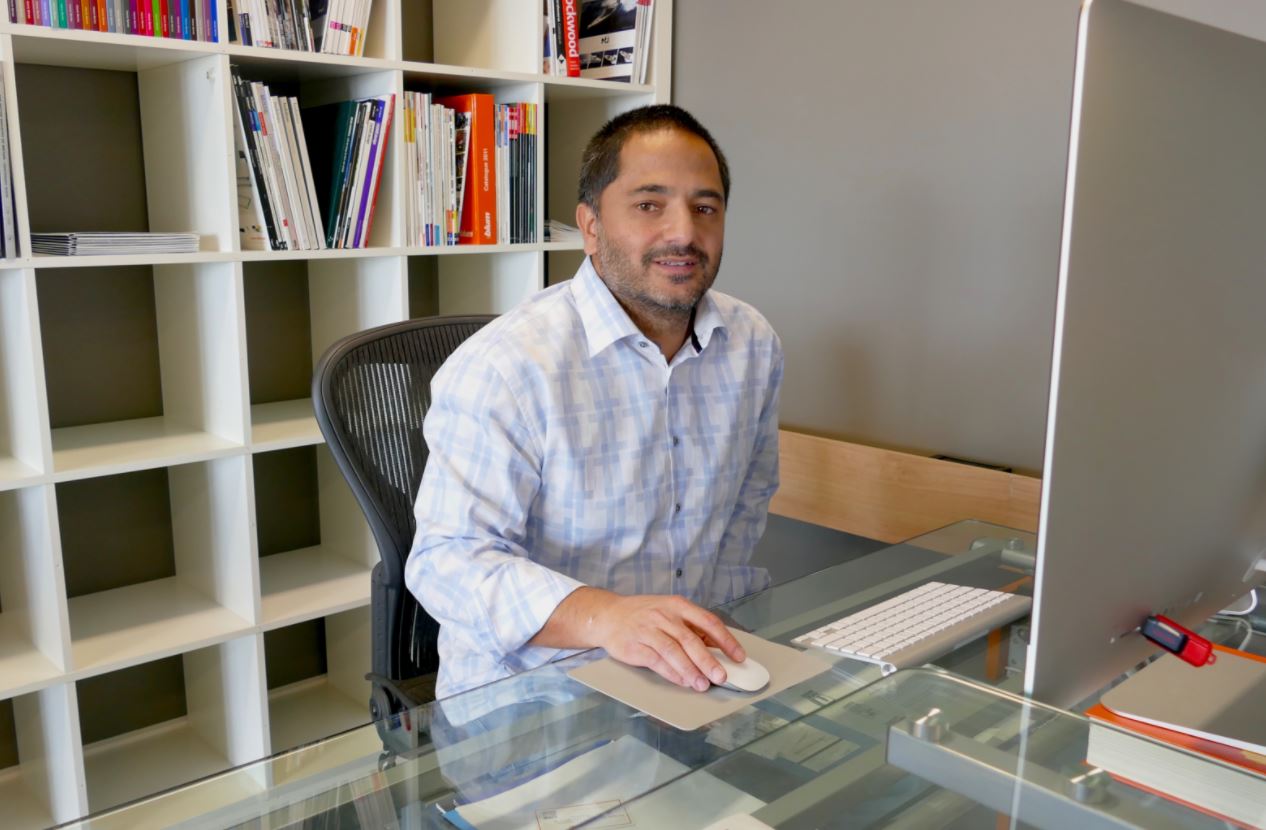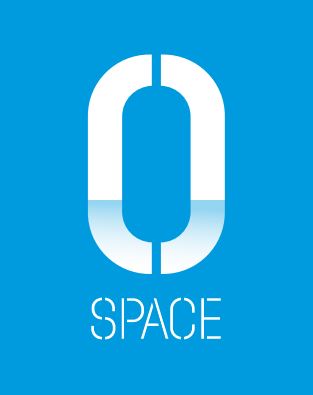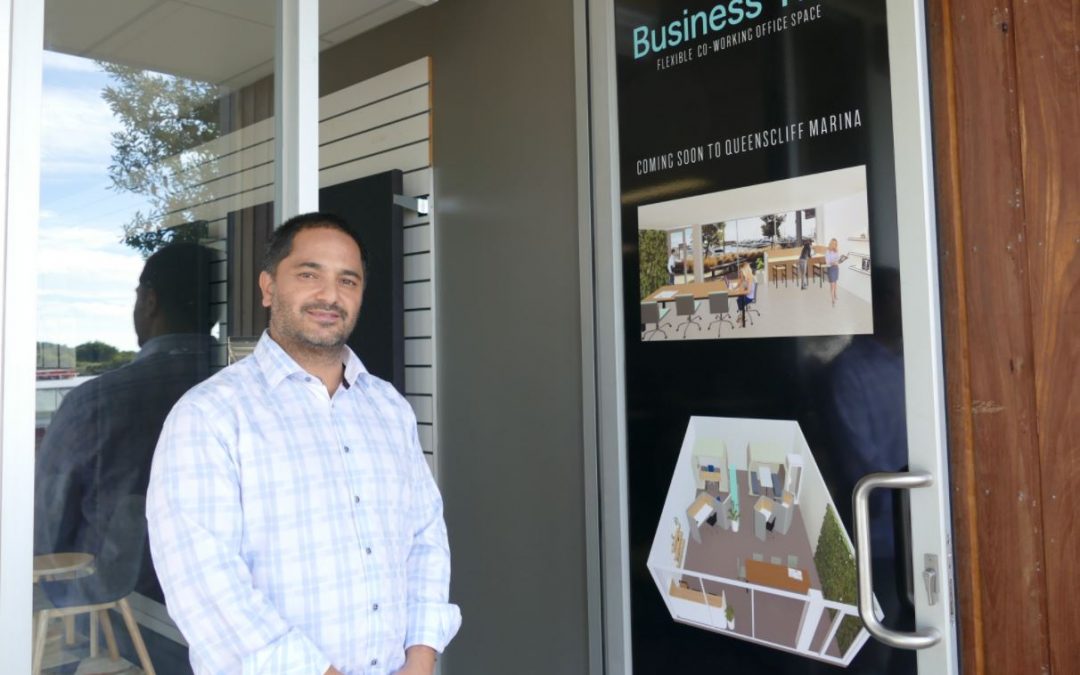Those who start a small business often do so from their home. It’s a no-brainer in many ways – it’s cost-effective, portions of some household costs become tax deductible and the commute to work each day is pretty short.
But operating from home doesn’t always work out, and for a variety of reasons. You may have a young family which can be distracting, your home might not be the most professional space to meet clients, or you simply can’t adjust to the seclusion after working in a bigger office.
Leasing your own office is a huge, and potentially stressful, step. But it’s not just the worry over being able to pay the rent or using it enough to justify the expense. It’s the added cost of furnishing it as well as investing in broadband and other technology that may not be included.
But there’s a solution – co-working.
Here, we chat with Arash Harandian, Point Lonsdale engineering consultant and founder of Business Hub at Queenscliff Marina, about his personal journey from home office to co-working and why it’s been a game-changer for him.
How did you start your engineering consulting business from home?
Originally I set up a home office with plenty of room, privacy and a separate entrance. I soon realised that this was a romantic idea and in reality it did not work. As my full time office it was lonely. Hence, it was distracting and unproductive. Even though it was private, with kids, household tasks and projects there was always something to be done for five minutes! These five minutes were a constant stop/start and they were unproductive. Over time the lack of separation between home and work became a problem, too.
How did you start to shift away from a home office?
The final straw for me about having a home office was the unprofessional appearance it portrayed during any client meetings. So, next I tried the cafe scene. The biggest issues with working from a cafe was lack of privacy and facilities such as an ergonomic workstation, fast internet, private meeting space, and the distraction of compulsory socialising.
What did you do next?
I decided I needed an office! With some fancy footwork I leased a shed in Drysdale for six months to test it out. The terms were $25,000 a year with a three-to-five year lease. But I had to furnish it, connect services and get internet. It was a costly exercise and did not suit the needs of my evolving startup business. I needed a professional work space in a good location where I could collaborate with others, have meetings, come and go as I needed and had fixed overheads. So I made one! During my time in Drysdale I kept ending up at Queenscliff Marina to work and meet clients. So one day a mate suggested the Marina would be a great place for a shared office concept, and here we are.

What facilities were essential to you in your search for office space?
The most undervalued aspect of an office is ergonomic work space. We all have access to computers, printers and even relatively affordable, fast internet. But in the place where you spend eight hours a day, the right furniture, light, and even view can completely change your productivity. The other important aspect, in particular for client-based businesses, is the professional welcoming appearance to hold meetings, present proposals and win business.
Why did you decide co-working was a better option?
A private office is expensive, requires a long-term commitment which scares a lot of small business owners and offers no opportunities for collaboration with other professionals. Small business cannot afford to run an office and grow their business – simple as that. With a co-working space, you pay for your time here and now and get access to ergonomic workstations and up to date technology, you turn up and work productively, can host private and professional client meetings and collaborate and grow your business.

